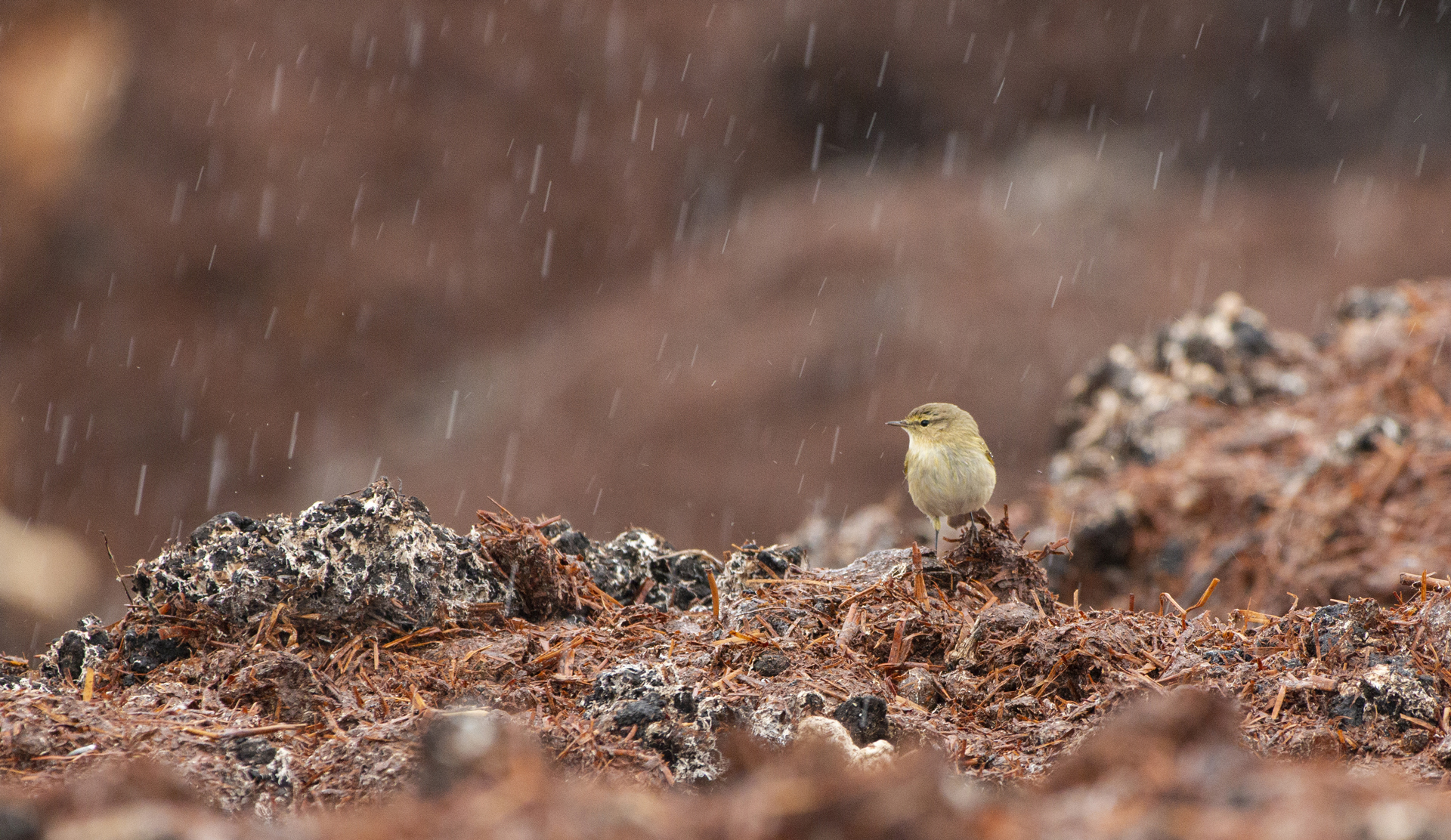“Nothing is born from diamonds, flowers are born from manure“ said Fabrizio De André – Italian singer-songwriter – in one of his most famous lyrics, giving the dung a positive value that is too often forgotten.
The importance of manure for agriculture has been known since the dawn of time and this product has always been used in every latitude. If the properties of this natural fertilizer for promoting plant life have always been appreciated, less often it has been discussed how, in some specific cases, manure can also promote animal life.
We obviously speak of contextualized situations, in fact, it should not be forgotten how excessive use and accumulation of animal waste can represent one of the main sources of pollution in areas with an agricultural vocation.
However, it is precisely a specific situation that we want to talk about in our brief reflection.
In areas (particularly in those tormented by intensive agriculture) where natural sources of foraging are increasingly scarce, especially in lean periods such as the winter months, piles of manure – excellent attractors for large numbers of Insects – can represent a mini hot-spot of birdlife and, consequently, interesting points for birdwatching (if you resist the not too pleasant smell … and in this case the mask we are so used to can be very useful!).

Last week we found ourselves taking advantage of one of these situations: returning from the Cilento, Vallo di Diano and Alburni National Park (in which we are working within the national monitoring of the Italian Wolf), we stayed for a couple of hours right in the “Vallo di Diano” with the hope of making some interesting observations.
After having briefly explored the plain, finding very little of interest, we noticed the presence of a large pile of dung and immediately approached.
Thanks to the masks we were able to hold back for a while to admire the comings and goings of a large number of specimens of different species of Birds.

Dominating the scene, sometimes with arrogance ousting individuals of other species, the White Wagtails (Motacilla alba), present in large numbers with specimens of different ages.
In total we counted as many as 9 species of Passerines also present simultaneously on the small mound: Italian Sparrows (Passer italiae), Tree Sparrows (Passer montanus), Common Starlings (Sturnus vulgaris), Meadow Pipits (Anthus pratensis), Common Chiffchaffs (Phylloscopus collybita), Black Redstart (Phoenicurus ochruros) and Common Stonechats (Saxicola torquatus)… and we are sure that if we had had the opportunity to stay longer we would have easily doubled this number.

Birds, too busy to look for Insects, just deigned our presence giving us the opportunity to observe and photograph them at close range.
It is clear that, particularly in the winter period during which obtaining food is a truly arduous undertaking (especially for insectivores), such situations can represent real heaven for birds to refresh themselves.
At the same time, these deposits can give those birdwatchers who will be able to hold their noses for a few minutes really interesting opportunities to make their own observations.

